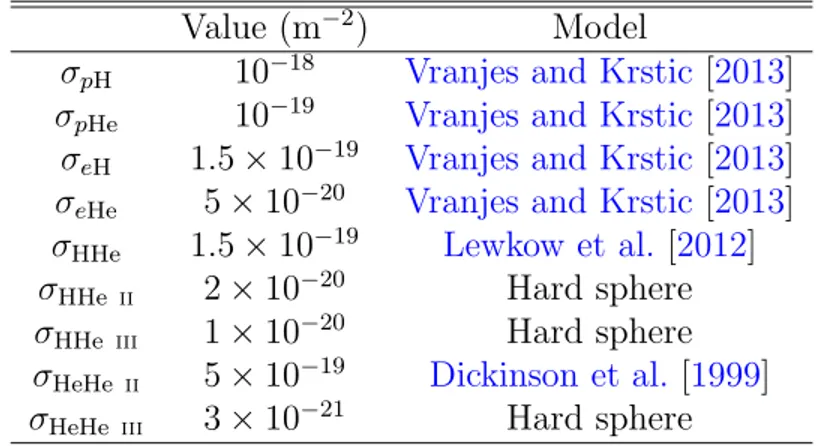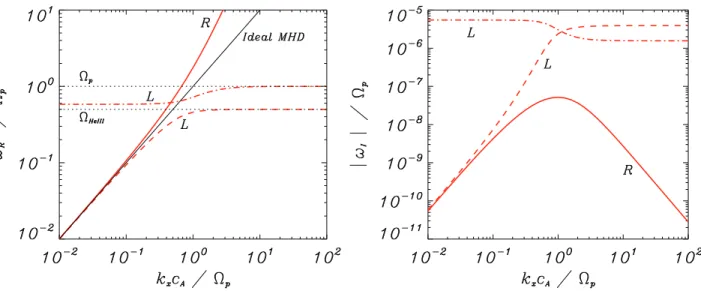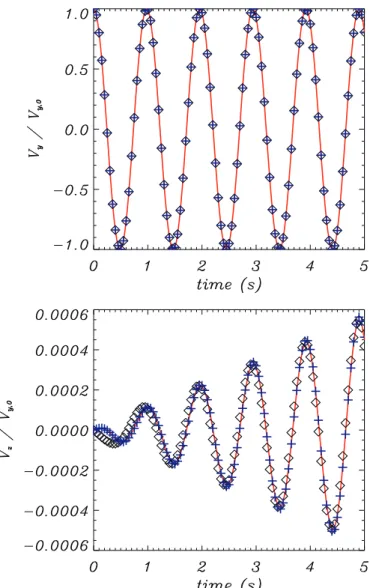High frequency waves and instabilities in multi fluid partially ionized solar plasmas
Texto completo
Figure




Documento similar
These base stations were powered with renewable energy sources (wind, solar and geother- mal) and, in addition, equipped with batteries as well as connected to the traditional
3.—Net rates between the hydrogen levels in the chromosphere (at lg m c ¼ !4, which corresponds to a height of 1.2 Mm in the initial atmo- sphere, but the picture is almost identical
Low-frequency waves and oscillations in the magnetohydrodynamic (MHD) regime abound in the highly structured atmosphere of the Sun. Their detailed measurements, in
All type II spicules carry strong torsional Alfven waves (20-30 km/s!) (implications for chromo/coronal heating?, van Ballegooijen et al., 2012!) 6. Spicules play major role
The European Association for Solar Telescopes (EAST), founded in 2006 and currently formed by solar physicists from 15 European countries, aims at providing European
Nevertheless, regardless of the degree of connection between terrestrial climate change and solar variations, whether due to amplified/indirect changes in irradiance or solar
• Telemetry processor will use a look-up table, initially populated by values obtained in simulation, to update the control loop gains based on its r 0 and noise variance
In winter time, solar energy is collected by the solar roof to assist the conditioning system in heating the building and producing domestic hot water.. Figure 4, shows a





